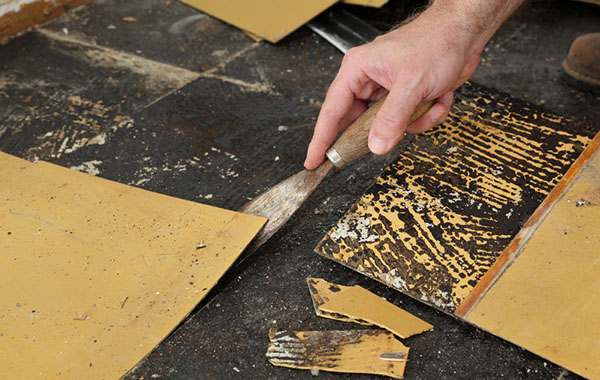Seizing Smooth Surfaces – The Evolution of Tile Removal Practices
The evolution of tile removal practices reflects a dynamic interplay between technological advancements, environmental concerns, and industry demands. From traditional manual methods to innovative machinery, the process has undergone significant transformation to address efficiency, safety, and sustainability. In the early days, tile removal relied heavily on manual labor, with workers employing hand tools such as chisels and hammers to painstakingly chip away at the tiles. While effective to some extent, this approach was labor-intensive, time-consuming, and often led to damage to underlying surfaces. However, as the construction industry evolved, so did tile removal techniques. One notable advancement was the introduction of power tools, such as electric jackhammers and pneumatic chisels, which revolutionized the removal process. These tools allowed for faster and more precise removal, significantly reducing labor requirements and minimizing damage to the substrate. Yet, concerns about noise pollution, vibration, and worker safety persisted, prompting further innovation. In response, manufacturers developed specialized machinery specifically designed for tile removal, incorporating features to address these concerns. Modern tile removal equipment often utilizes ergonomic designs and vibration-dampening technologies to enhance operator comfort and safety.

Moreover, advancements in blade and bit technology have led to tools that can Utah Tile Removal more efficiently while minimizing dust and debris. These developments have not only improved productivity but also contributed to a safer and healthier work environment. Alongside technological advancements, there has been a growing emphasis on sustainability within the construction industry, driving the adoption of eco-friendly tile removal practices. Traditional methods often involved the use of chemical solvents and adhesives containing harmful volatile organic compounds VOCs, posing risks to both human health and the environment. However, the advent of eco-conscious alternatives, such as low-VOC adhesives and solvent-free removal agents, has allowed contractors to mitigate these risks while achieving comparable results. Additionally, the recycling and repurposing of removed tiles have gained traction as sustainable practices, reducing waste and conserving resources. Furthermore, the digitalization of the construction sector has facilitated the integration of advanced planning and monitoring tools into tile removal processes.
Building information modeling BIM software, for instance, enables contractors to simulate and optimize removal sequences, minimizing disruptions and maximizing efficiency. Real-time monitoring systems can also provide valuable insights into the condition of substrates and the performance of removal equipment, allowing for timely adjustments and preventive maintenance. Looking ahead, the evolution of tile removal practices is poised to continue, driven by ongoing technological innovation and evolving industry requirements. Emerging technologies such as robotics and artificial intelligence hold the promise of further streamlining the removal process, enhancing precision, and reducing reliance on manual labor. Moreover, as sustainability concerns intensify, there will likely be increased emphasis on developing greener alternatives and implementing circular economy principles to minimize waste and resource consumption. By embracing innovation and sustainability, the tile removal industry is primed to meet the challenges of the future while paving the way for safer, more efficient, and environmentally responsible practices.